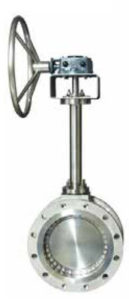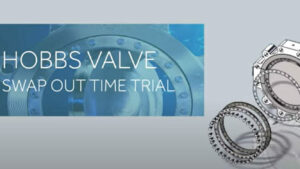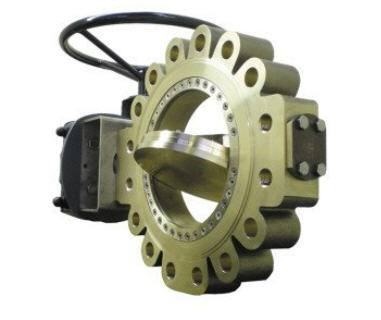Key features/benefits
CRYOGENIC VALVES (-196°C)
For severe low temperature conditions (as low as -196 °C) of the type often found in LNG & LPG processes, our cryogenic valves offer performance, safety and reliability.
FEATURES AND BENEFITS
- Our zero-leakage performance – achieved by means of the unique sealing principle and our triple offset concept – allows full isolation to be maintained at cryogenic temperatures.
- Given that the Hobbs’ cryogenic valve does not have open cavities, fluids are unable to remain trapped after the valve is operated.
- The metal-to-metal sealing is virtually unaffected by very low temperatures; the valve performance and the operating torque are identical at ambient and cryogenic temperatures.
- The Hobbs one-piece shaft design ensures there is no potential of stem failure.
- Extended bonnet comprising of an adequate gas column to keep the shaft (stem) packing away from cryogenic fluids. Generally supplied in a fabricated or cast condition with a minimum length of 250mm, Hobbs design capabilities allows us to provide solutions to meet your specific needs.
- The quarter turn operation provides lower fugitive emissions than that of rising or multi-turn type valves.
- The extension bonnet is connected to the valve by an ANSI standard flange connection.



